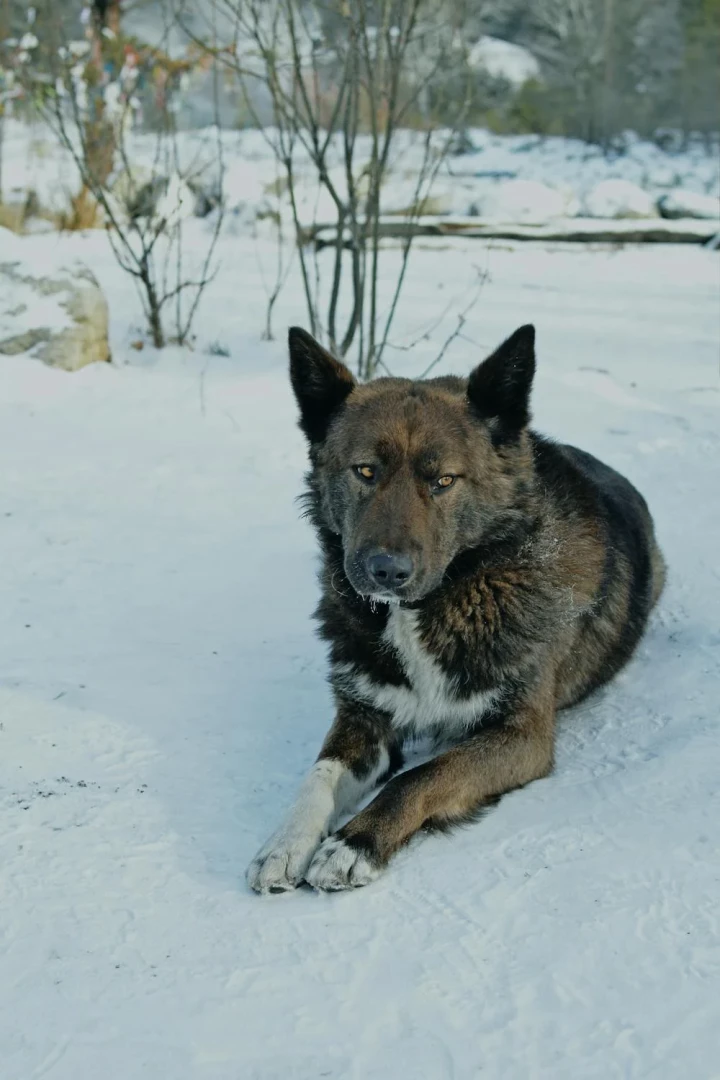
Greenland Dog
About
The Greenland Dog is a strong, independent, and loyal breed that thrives in active environments and is well-suited to experienced dog owners. With their wolf-like appearance, friendly nature, and remarkable endurance, Greenland Dogs make excellent companions for those who lead adventurous and active lives. They are happiest when they have a purpose and plenty of opportunities to engage in outdoor activities, making them ideal for owners who can provide the exercise, training, and structure they need to flourish.
 Breed Size
Breed Size
-
Weight (Male)
27-48 kg
-
Weight (Female)
27-48 kg
-
Height (Male)
1-1 sm
-
Height (Female)
1-1 sm
 Coat
Coat
-
Fur Type
-
Color
One color
 Care
Care
-
Walk
>120 minutes/day
-
Breed Size
L
-
Demeanor category
Reserved with Strangers
 Breed Traits
Breed Traits
-
Barking
-
Good with young children
-
Drooling
-
Energy level value
-
Grooming frequency value
-
Good with other dogs
-
Trainability
 Breeds Club Recognition
Breeds Club Recognition
-
Trainability Category
>Independent
-
Temperament
>intelligent, hard-working, gentle, quiet
Description
The Greenland Dog is a large, powerful sled dog, originally bred in Greenland over a thousand years ago for pulling sleds and hunting in Arctic conditions. This breed descends from ancient Inuit sled dogs, resulting in an intelligent, strong, and highly resilient companion.
-
Origin: Greenland, developed for sledding and hunting.
-
Strong and muscular: Built for endurance and harsh climates.
-
Intelligent and independent: Quick learner but requires firm training.
-
Loyal and hardworking: Forms strong bonds with its pack and owner.
-
Thick, weather-resistant coat: Requires regular grooming and sheds seasonally.
The Greenland Dog is a devoted and energetic working breed, excelling in sledding, endurance, and outdoor activities. With proper training and early socialization, they become well-mannered, confident pets best suited for experienced owners in active, cold-weather environments.
